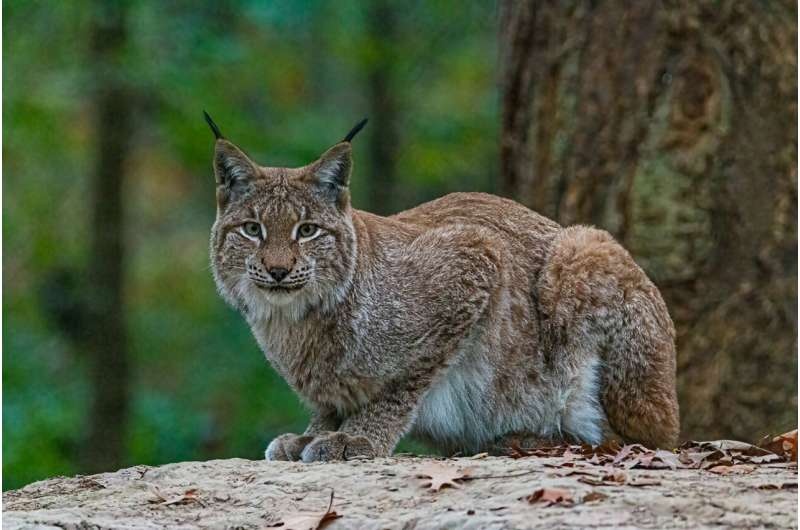The Iberian lynx, once the world’s most threatened cat species, is now making a remarkable comeback. But its survival may hinge on a surprising genetic twist – its ability to interbreed with its cousin, the Eurasian lynx. This article explores how ancient DNA is revealing the Iberian lynx’s potential ‘secret weapon’ against extinction.

The Double-sided Sword of Genetic Rescue
For this reason, genetic diversity is essential if a species wants to survive over the long term in different environments. But numerous large mammals once had this variety, a trait human activities have largely erased which now endangers their survival, the researchers said in findings published in Nature Communications.
To increase variation some conservationists have attempted ‘genetic rescue,’ introducing new individuals from other populations in an attempt to simulate a wild out-breeding process. But it is not without risk. Over time, introducing animals that are too genetically dissimilar can cause outbreeding depression and reduce the adaptive traits which increase survival and reproduction.
Although not without its drawbacks, genetic rescue is seen as a critical component of conservation, albeit one that is often used with caution. The Iberian lynx was saved from the brink of extinction by such a program, which involved hybridising members of the two remaining genetically distinct populations to boost the genetic diversity of the species as a whole.
A Surprising Genetic Twist
Image caption Research from the team uncovered something surprising about the Iberian lynx’s history, genetically speaking To their surprise, the ancient Iberian lynx specimens they analyzed had even less genetic variety than their living relatives.
But the secret, perhaps to saving the Iberian lynx from extinction is that compared to historically populations, today’s Iberian lynx share more genetic variants with the closely related Eurasian lynx. It seems that the two species did each hybridize with one another fewer than 2,500 years ago, where their genes would have been mixed to speciate to account for a little of what we see in modern Iberian lynx.
This is consistent with plenty of genomic evidence for a long-ago spread of Eurasian lynx DNA into that of the Iberian lynx. Though the two species do not currently overlap in their habitats, they would have lived quite near one another in the Iberian Peninsula – as well as perhaps southern France and northern Italy — offering plenty of chances to interbreed.
Conclusion
Tales of the Iberian lynx’s revival from extinction are testament to both the efficacy of conservation action, and the unexpected resilience of this beautiful creature. The finding that gene flow with the Eurasian lynx adjusted genetic diversity pool of Iberian lynx provides evidence of changed perspective from newly acquired knowledge on benefits of genetic rescue by adaptive gene transfer in conservation. As scientists uncover more and more of the Iberian lynx genome, this case study can provide important lessons about how to best use genetic rescue to help address the biodiversity crisis.
